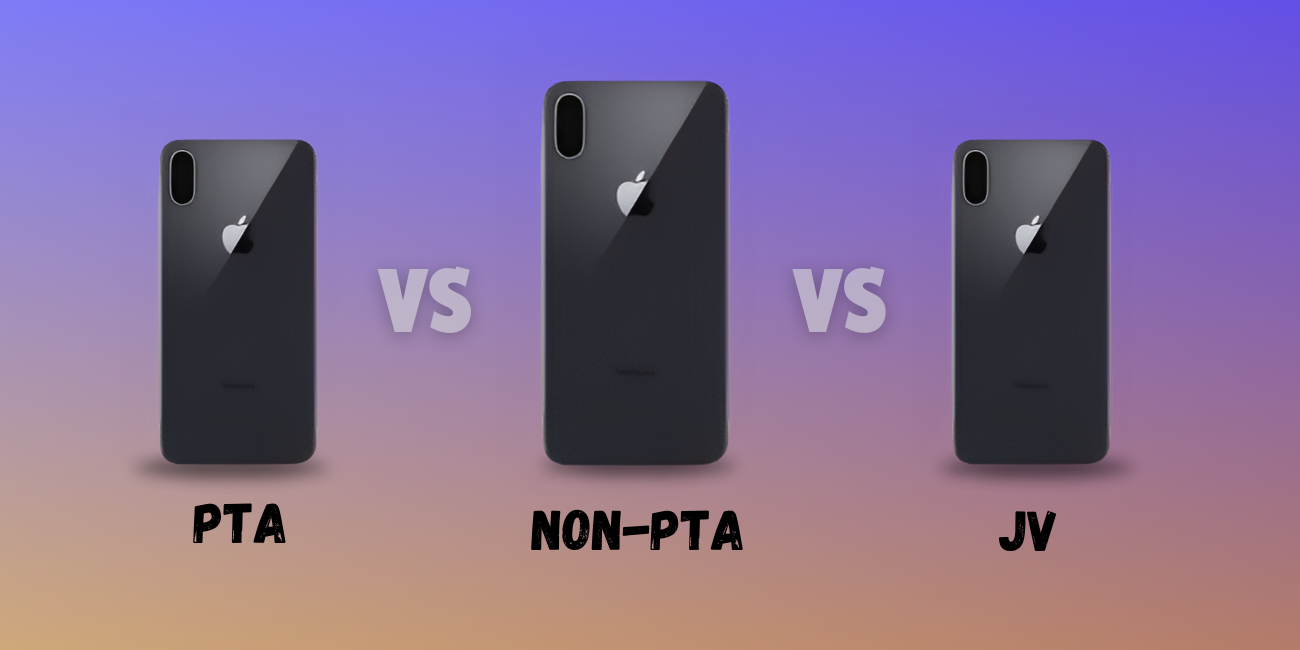The Rise and Fall Story of Market Giant Nokia
Aug 02, 2023
General Information

Introduction:
Nokia, once a global behemoth in the mobile phone industry, experienced a meteoric rise to fame before witnessing a staggering downfall. Founded in 1865 as a pulp mill in Finland, Nokia evolved over the years to become a symbol of innovation, quality, and reliability in the mobile phone market. This article delves into the journey of Nokia, exploring its ascent to market dominance and the factors that ultimately led to its fall from grace.
The Rise of Nokia:
Nokia's journey to prominence began in the 1980s when it ventured into the telecommunications market. It entered the mobile phone industry in 1987 with its first handheld phone, the Mobira Cityman, which became an instant success. Nokia's early commitment to research and development paved the way for continuous innovation and the release of groundbreaking mobile devices.
In the late 1990s and early 2000s, Nokia dominated the global mobile phone market with a market share exceeding 40%. Its iconic models, such as the Nokia 3310 and Nokia 5110, became cultural symbols, renowned for their durability, long battery life, and user-friendly design. Nokia's reputation for manufacturing reliable and robust handsets earned it the trust of consumers worldwide, cementing its status as a market leader.
The Emergence of Challenges:
While Nokia was basking in its market supremacy, a disruptive force was brewing in the background. The introduction of smartphones by competitors, most notably Apple's iPhone in 2007, revolutionized the mobile phone industry. These smartphones offered touchscreens, app ecosystems, and advanced capabilities that Nokia's traditional feature phones couldn't match.
Nokia's reluctance to adopt touchscreens and its focus on maintaining its Symbian operating system hindered its ability to compete effectively in the rapidly evolving market. As a result, Nokia's market share began to decline, and the once-dominant company struggled to keep up with the shifting consumer demands.
Management Missteps:
Internal mismanagement further exacerbated Nokia's decline. The company's hierarchical structure and slow decision-making processes hindered its ability to innovate swiftly and adapt to market changes. Moreover, Nokia's lack of coordination between different divisions prevented cohesive product development and marketing strategies.
Additionally, the failure to recognize the significance of software and applications in the smartphone era led to a loss of competitive edge. The company's Ovi app store failed to attract developers and consumers, further isolating Nokia from the rapidly expanding app-driven ecosystem.
Operating System Woes:
One of Nokia's most critical missteps was its decision to partner with Microsoft in 2011 to adopt the Windows Phone operating system for its smartphones. While the move aimed to revitalize Nokia's position in the smartphone market, it failed to generate the desired impact.
Windows Phone struggled to compete against iOS and Android, which already had well-established app ecosystems and developer communities. This strategic misalignment further weakened Nokia's position in the market and resulted in substantial financial losses.
The Fall from Grace:
As Nokia's market share continued to erode, the company faced severe financial challenges. In 2012, it reported significant losses and was forced to cut thousands of jobs to stay afloat. In the same year, Nokia's mobile phone business was sold to Microsoft, marking the end of an era for the Finnish giant.
Despite its subsequent efforts to re-enter the smartphone market, Nokia failed to regain its former glory. The brand was unable to shake off its association with feature phones and struggled to capture consumer attention in a crowded smartphone landscape dominated by the likes of Apple, Samsung, and Huawei.
Conclusion:
The rise and fall of Nokia serve as a cautionary tale for companies operating in fast-paced and competitive industries. Nokia's downfall resulted from a combination of factors, including its failure to adapt to technological advancements, internal mismanagement, and strategic errors.
Though Nokia's era as a market giant has come to an end, its legacy as a pioneer in the mobile phone industry will remain indelible. As the tech landscape continues to evolve, Nokia's story serves as a reminder that no company, no matter how dominant, is immune to disruption. The lesson to be learned from Nokia's journey is that continuous innovation, adaptability, and a willingness to embrace change are essential for long-term success in any industry.









